Let’s Talk About Systems… (part 1)
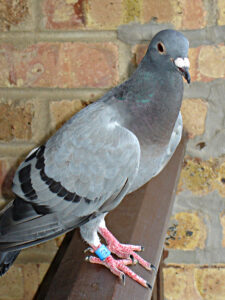 As we begin this subject I checked a dictionary and this is how the word “System” was explained!
As we begin this subject I checked a dictionary and this is how the word “System” was explained!
“A group of interacting, interrelated, or interdependent elements forming a complex whole.”
Every one of us has a system that is unique to OUR SELF! I say this as even though we may try to copy another great system, we all will put our own personal touch to what we do. Some of this is because we think we know more than the creator of a system and the other reasons for this is that many times we misunderstood what we had been taught. Therefore and because we will eventually develop a personally unique system, this particular discussion will only give a brief description of the many facets of what will become a final system.
After some additional thought I also realized that everyone has a “SYSTEM” even if their system is to never do anything the same way twice. So they have a system and in many cases it may not be a very good system but they still have a system. These are the people that are always quick to tell you what you need to do to win.
It is my personal opinion that the best system is the one that allows you the most opportunity to WIN while requiring the least amount of effort. THINK LONG AND HARD ABOUT THIS STATEMENT!!
We all have other commitments or adversities which must be worked around so finding a system that compliments your time and enjoyment of the sport makes it fun.
Before we talk about any of the systems let’s first talk about the very basic of tools that are necessary for success:
A calendar is absolutely critical so we take the guess work out of what we are planning. It is the tool that we seem to think we can do without but don’t get caught in that trap.
A small pocket size notebook where you can mark all those little details as we discover them. Without this always handy, we soon forget if we trust it to our memory.
A pencil or pen that is always in our pocket so we can write down vital information as it occurs. These basic tools will allow you to take much of the guess work out of the game and also give you a written record to go back to in future years to verify some of your feelings about things.
The next step is to design a chart or document where you can see many things on just one sheet of paper. For example; I breed from 24 pair of pigeons and on just one sheet (my breeding chart) I can see when any and every pair laid their eggs. I mated my pigeons for 2004 on Feb. 14 and 21 of 24 pair laid their first egg on Feb. 25. This alone shows me that all appears well before we even begin the breeding season.
REMEMBER THIS FOR A LATER PART OF THIS SUBJECT!!
With a simple chart, I can also see what bands I put on those first young ones and I can then see when the next set of eggs were laid and then the numbers of the bands for those young ones. Keep your system simple but try to have as much information available on that single paper as possible. In a short period of time you will quickly see what should be added or what can be deleted for future charts.
Before we begin any system we must also determine if our system is meant to function with our present pigeons or are we doomed before we begin! In all systems there are some pigeons that will do just fine while there are others that regardless of the system, will never win a prize. Systems do not make a bad pigeon a champion. We require something to begin with and from there,… the cream will rise to the top.
That concludes part 1 of this article series, keep an eye out for part 2 where we begin to discuss training systems.
Let’s Talk About Systems… (part 1) by: Bob Rowland

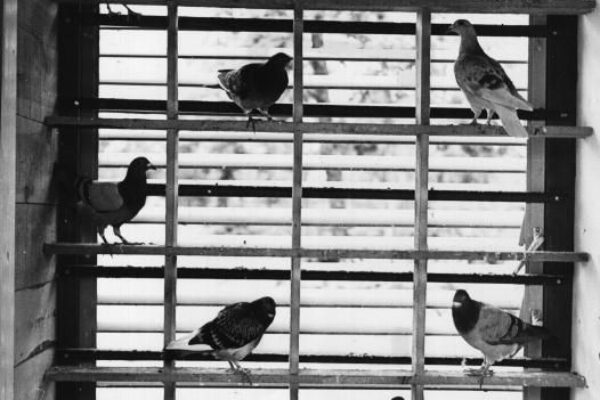
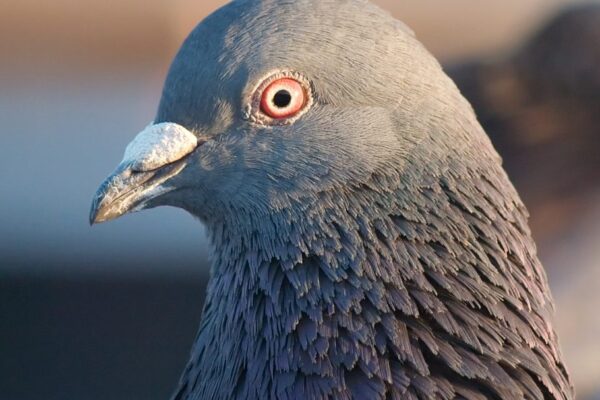
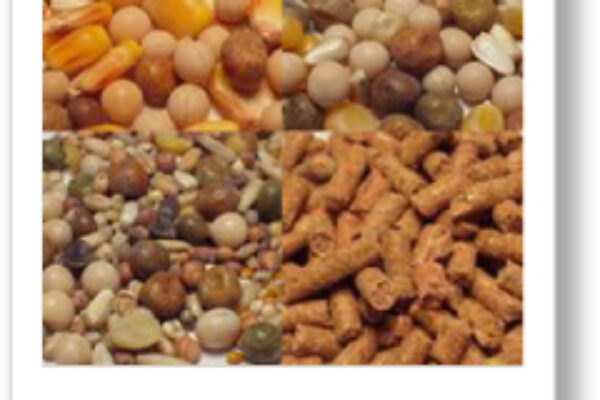
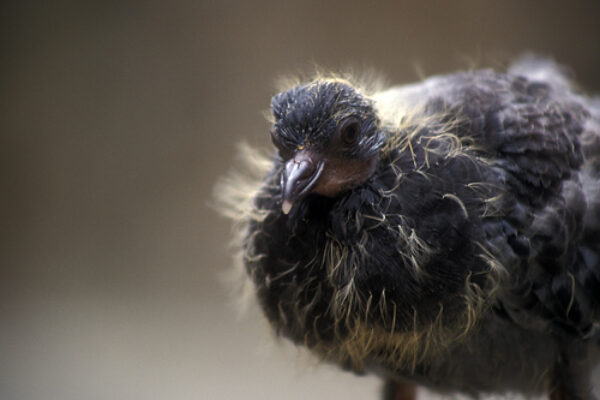
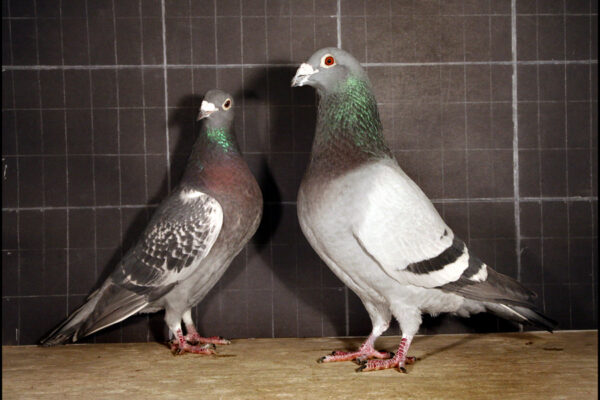



Recovery time in pigeons is determined by a number of things. Health is a major issue the healthier the pigeon the faster the recovery.
Another factor is how much was taken out of the pigeon in the race. naturally a short race takes more out of a pigeon than a long race.
The feed being fed to pigeons will determine how much of the necessary nutrients are available for restoring what needs to be replenished after the race. Most of what is needed to replenish a pigeon will be the nutrients used for flying the race. Which is
carbohydrates not protein.
There is some muscle and tissue damage in a race but not as much as most people would have you to believe. Protein can be used for energy but it has to be broke down into the basic amino acids before it can be used it takes energy to break down protein
when a pigeon is flying for long periods of time it has to be constantly supplying fuel to the muscles This is done by digestion of grains. contrary to the common belief pigeons do digest food during a race
Another major factor in recooperation is the physical build of the pigeon. some pigeons require more energy to fly than others.. some pigeons can fly fast with a minimum of energy These are the faster pigeons and recuperate faster as they have spent less energy flying home and have less stores to replace after a race
When pigeons fly they burn foods when any thing is burned it leaves behind a ash This ash is acid The acid in the blood has to be neutralized before the pigeon can recover from a race. Not all foods are equal as some produce more acid ash than others
A pigeon can only fly until the acid builds up in the blood. Then is forced down. The muscles cannot function Its like letting a car run in a closed garage The motor will run until the oxygen is used up Then the motor will stop, The motor wont start until the air, carbon monoxide is cleared out. I would have to write a whole book to completely answer this simple question. Hope this partially answers your question without getting too technical
Have you ever noticed the first birds home usually don’t look tired and the later pigeons look tired and take longer to recoperate answer breeding (body conformation) health and feed
Great addition to the article Harold!, thanks for posting it.
can you please give me some ways on how to make fast recovery of our pigeons that come back home from races. in order to be prepared for the next race. hope for your reply on this. thanks.
Hi Rene, I have great results with raw peanuts before and after a race,in fact any race even the short or medium.Give birds peanuts 4 days a week before race and after race when they have had a good drink.
give depurative mix which is high on barley and some small seeds. The composition is mainly high in carbohydrates and fiber. At this point you do not want too much protein on the feed. Then provide electrolyte drink or tea. The day after arrival give them rest, do not bother them. At this point you can provide small amounts of protein at the feed. Then the last 3 days before basketting give high energy feeds which is mainly corn, oats, barley etc, and more importantly the oily seeds and peanut. Surely this will make your pigeons recover fast unless your pigeons has an illness.
great article helps a lot specially for new begginers
Good advise,but I found ,even a good proven system does not always work for the type of pigeon we keep.Took me a few years to work this one out.Now my system works for the type of bird I race.
HI, That is good advice to always keep a notebook close at hand, as there is always something that happens with the birds and their ways. I always write down the little things that you might not think anything of, but later when something happens, good or bad you can refer back to your notes and see why. All pigeons are different in their ways, and you only learn their little ways by keeping notes.
Pete. Diss. Uk.
Good advise. I keep a notebook. Would be nice to see examble of chart.Thanks
test